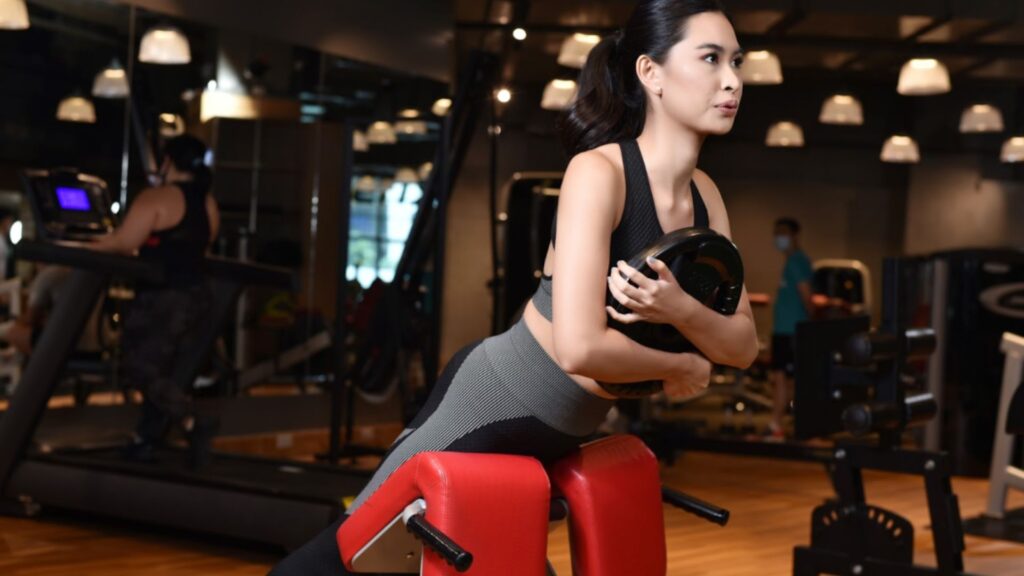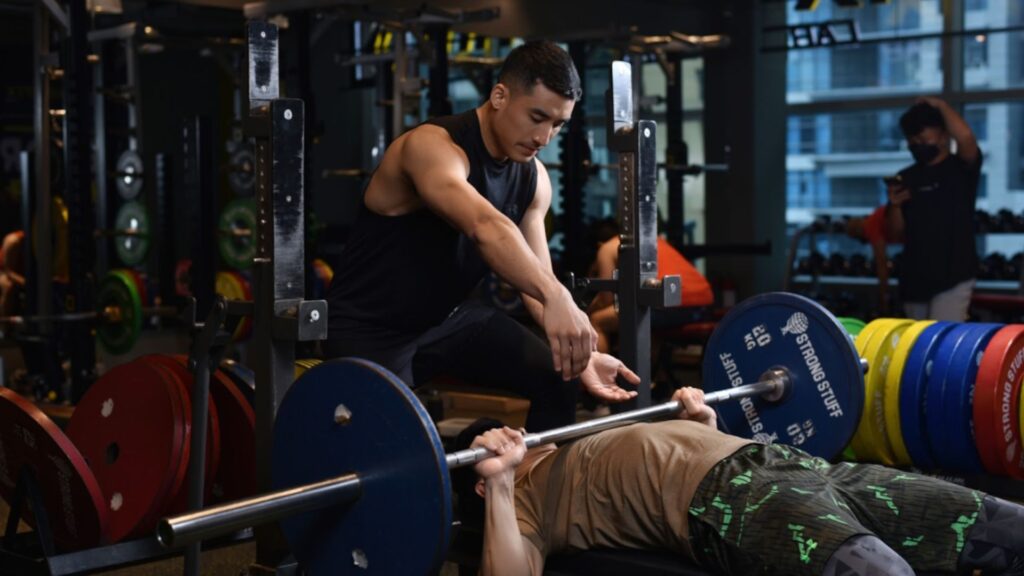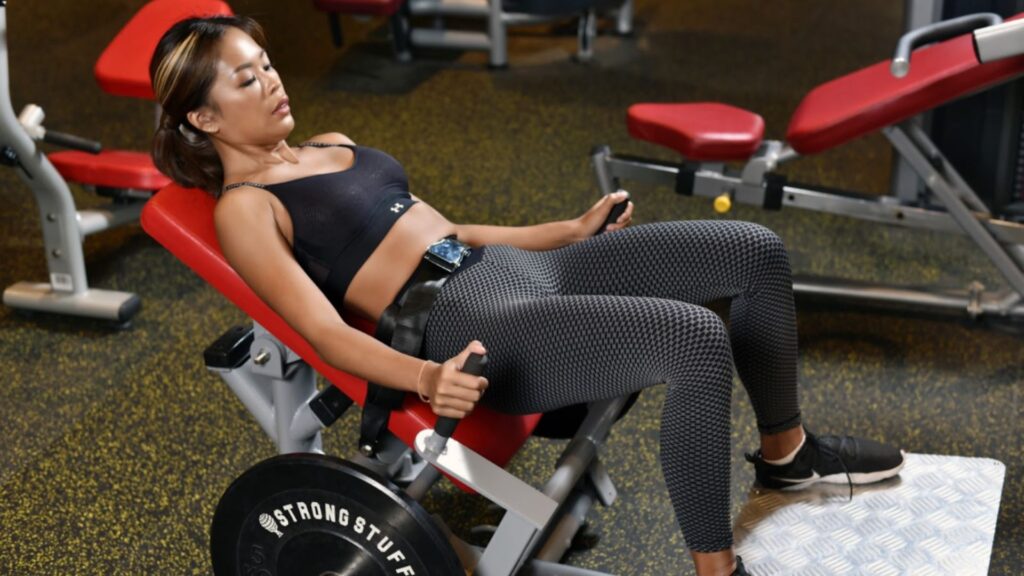Have you ever finished a workout feeling like you left everything on the gym floor, only to be disappointed with your results? Or maybe you pushed yourself too hard and ended up sore or injured. Regardless of whether the above has happened or not, it’s high time you learn about the Rate of Perceived Exertion.

Rate of perceived exertion, or “RPE”, is a scale developed in 1982 by Swedish scientist Gunnar Borg. It’s a subjective physical measurement designed to track the intensity of your physical capabilities during strenuous activities. In other words, it’s a measure of how your body feels during an exercise. RPE uses a simple scale of 0 to 10, with 0 being rest and 10 representing maximal effort. Unlike methods that rely on heart rate or percentages of your one-rep max (1RM), RPE focuses on your own perception of exertion and exhaustion.

RPE offers several key benefits that can significantly enhance training effectiveness and safety. Firstly, RPE provides a mechanism for self-regulation, allowing athletes to adjust their workout intensity based on their physical and mental state at any given time. This means that on days when an athlete feels strong and energetic, they can push harder, and on days when they are feeling fatigued or stressed, they can scale back. This flexibility helps in managing exertion levels and ensuring that training remains effective without leading to overtraining or burnout.
Managing fatigue is another critical benefit of using RPE in training. Traditional programs often prescribe specific weights or intensities that may not account for daily fluctuations in an athlete’s performance capacity. By contrast, RPE allows for adjustments based on real-time feedback from the body, helping to prevent the accumulation of excessive fatigue. This adaptive approach is crucial for long-term progress and recovery, as it helps athletes avoid the risks associated with consistently training at high intensities regardless of their readiness.
Injury prevention is closely linked to the ability to self-regulate training intensity using RPE. When athletes are able to adjust their effort according to how they feel, they are less likely to push through undue physical stress that can lead to injuries. This is particularly important for maintaining form and technique, especially on days when external factors like poor sleep or high stress levels might otherwise increase the risk of injury.

Tracking progress is simplified with RPE, as it allows athletes to monitor their perceived exertion levels over time. This can provide insights into improvements in fitness and adaptations to training loads. Consistently recording RPE helps athletes and coaches identify trends and make informed adjustments to training programs, ensuring continued progress and optimal performance.
The simplicity and accessibility of RPE make it an attractive method for a wide range of athletes. Unlike percentage-based training, which requires frequent testing and complex calculations, RPE is straightforward and relies on the athlete’s subjective assessment of effort. This ease of use makes it a practical tool for both beginners and experienced athletes, facilitating effective training without the need for extensive equipment or detailed data.
Incorporating RPE into training routines thus offers a holistic approach that enhances personalization, safety, and effectiveness, contributing to better overall athletic performance and well-being.


